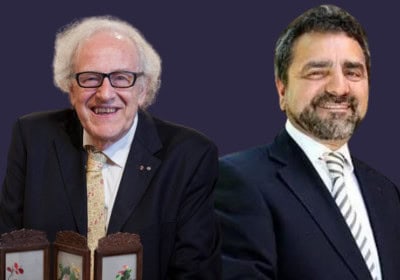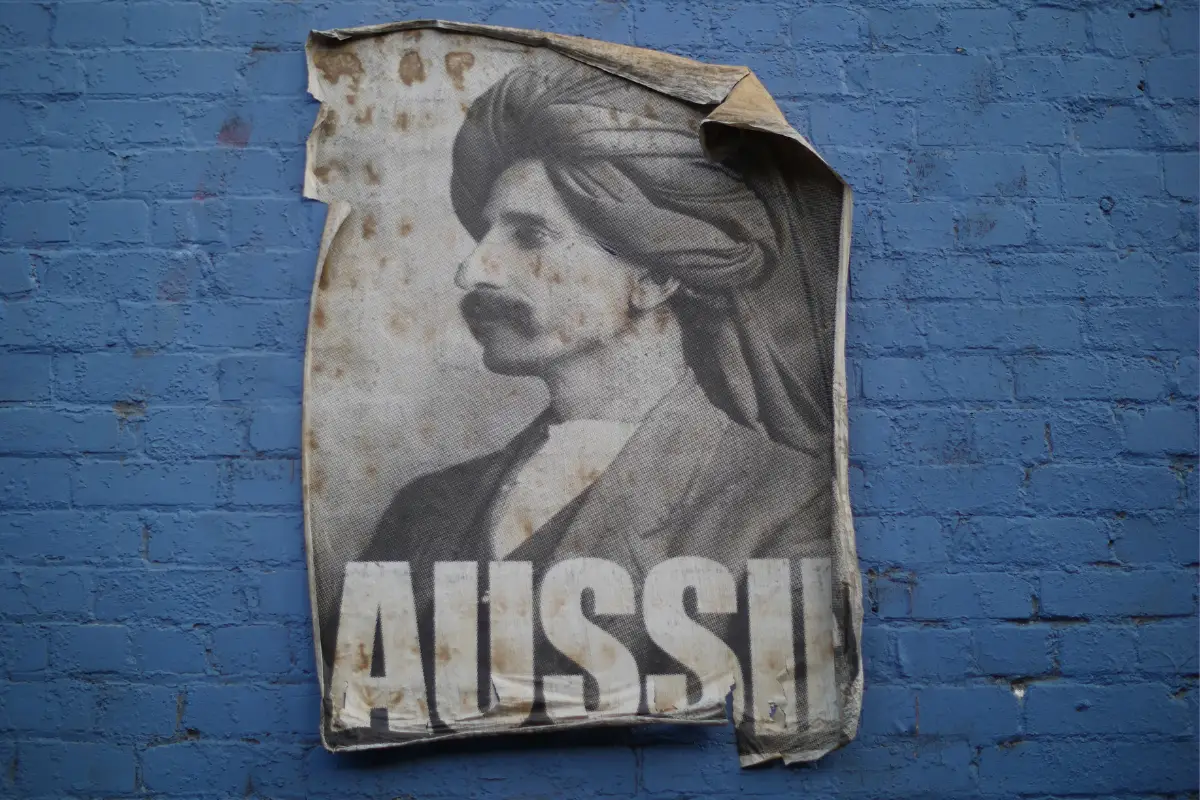
Secrets & scribes
The intense rivalry between Australian Football League clubs in Victoria has a long history. In the nineteenth century, Melbourne clubs used secret coaching manuals – handwritten, continually modified and passed down through the generations – to guide their strategy.
This little-known fact is one example of how manuscripts, often penned by professional scribes, endured long after Johannes Gutenberg invented the printing press in the mid-fifteenth century.
As literary historian Harold Love outlined in his authoritative book Scribal Publication in Seventeenth-Century England (1993), many writers and musical composers still preferred, post-Gutenberg, to publish their work in a handwritten format. Previously, it had long been assumed that by the late sixteenth century print had largely supplanted manuscript.
Shedding light on the history of books
Love was one of a number of Australian academics who have made a mark internationally in the field of material (or physical) bibliography and textual transmission: the study of books as physical objects and of the book production process, involving the investigation of elements including paper, typeface, binding, inscriptions, illustrations, plates, and printing and dissemination methods.
The goal of this discipline is to shed light on the social and economic history of books, particularly those published in early modern times, by examining the physical context of their creation and transmission.
French literature has been the focus of several Australian scholars. Material bibliography originated in the UK and was taken up in the English-speaking world; French researchers were relatively slow to adopt it. From the late 1960s, Australia-based Wallace Kirsop and Roger Laufer pioneered the methodology’s application to French texts and played a leading role in its introduction into French literary studies and history.
Laufer subsequently returned to his native France, where he promoted the approach and became the undisputed leader of a field he dubbed textologie. In his later work, he explored the implications of reading on digital screens for the transmission of published works.
Embracing the digital
A strong advocate of material bibliography, and a passionate bibliophile, Kirsop has remained internationally prominent, not only in France, but also in Britain and Canada, two important centres of this scholarship.
In more recent times, the methods of the digital humanities have been applied to the discipline, most notably in the French Book Trade in Enlightenment Europe (FBTEE) project, now based at the University of Western Sydney and involving scholars such as Simon Burrows and Angus Martin.
The project maps the production, marketing, dissemination, policing and reception of books in late eighteenth-century France, reconstructing popular reading trends and tracing the transformational impact of print technology. Among other things, it is surveying the French trade in banned books.
Pioneering Australian research
Censorship was one reason why many English writers – as late as the seventeenth century and even beyond – still preferred their work to be published in handwritten form. As Love demonstrated in his book, scribal publication also made sense when only a small number of copies was required.
Martin has been a leading figure in the application of bibliometrics – the use of statistical methods to analyse published works – to French fiction. Other noteworthy Australian material bibliographers include Martyn Lyons, Margaret Sankey, Veronique Duché and Brian McMullin.
Australasia has been a major player in this area of research. By demonstrating that books were not produced in isolation from each other, as was previously assumed, but were worked on concurrently in printing houses, the New Zealander Donald McKenzie, an Honorary Fellow of the Australian Academy of the Humanities, prompted a fundamental rethinking of material bibliography as it had been practised since World War II.
Between the covers of books lie ideas, stories and knowledge, and the ways in which these have been packaged, published and distributed down the centuries – whether to propagate a new philosophy, or to pass on tried and tested AFL tips – remain as important today as they were in Gutenberg’s era.



